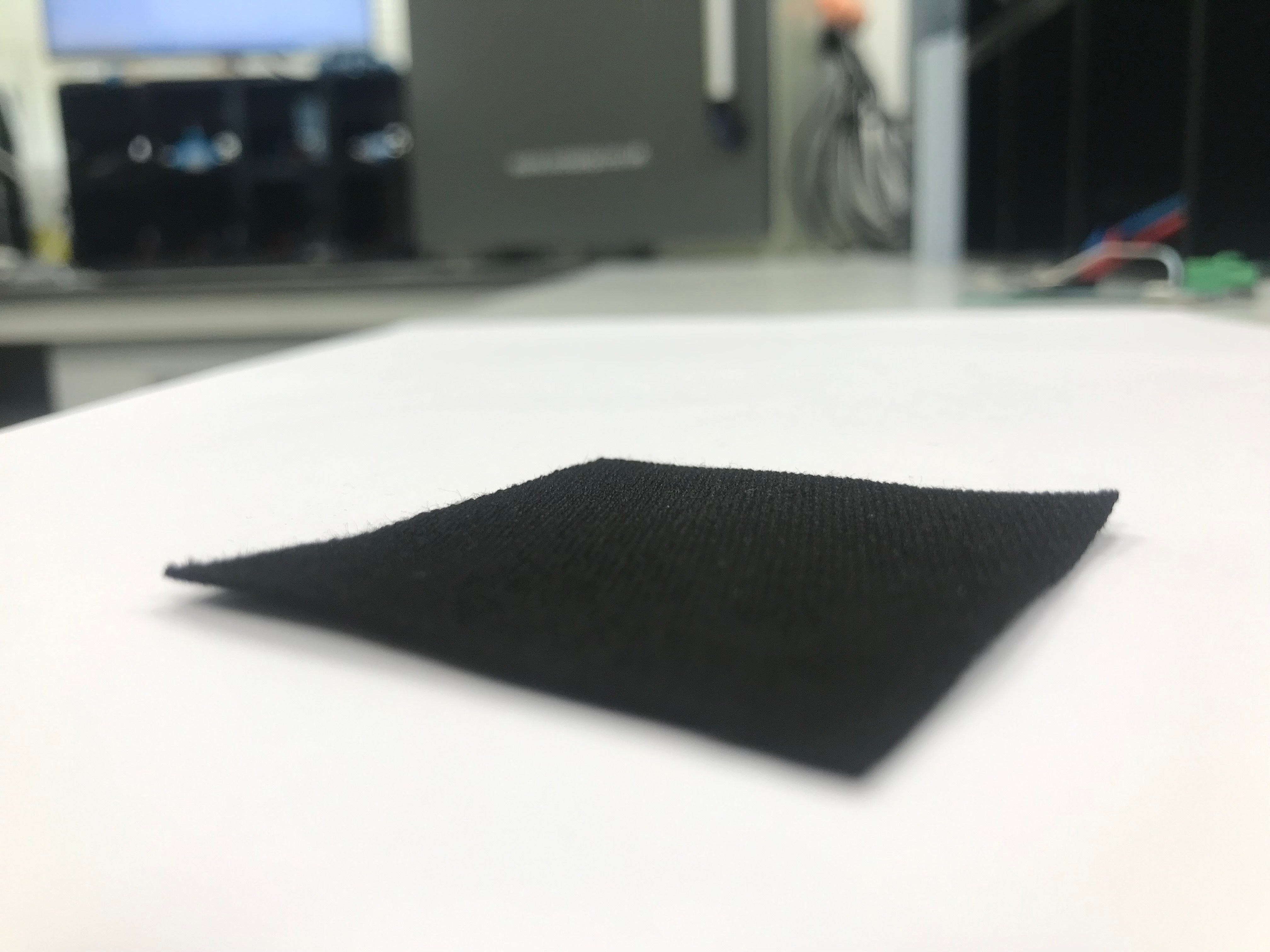Engineers create electric sponge that can suck carbon out of the air
Carbon dioxide can be ‘charged’ like a battery – and then capture carbon dioxide

Researchers have made a “sponge” that can suck carbon straight out of the air.
It works by “charging” charcoal, in a similar way that one would a battery. When it is charged, the charcoal “sponge” is able to capture carbon dioxide directly from the air.
It relies on the similar activated charcoal to that used in household water filters today. The researchers involved said that they had looked to the material because it is “cheap, stable and made at scale”.
But activated charcoal doesn’t normally capture and store CO2 from the air. Researchers found however that when they were able to charge it up like a battery it became a suitable material.
Its creators say that it could be an energy efficient alternative to existing carbon capture approaches, since it does not need to be as hot.
“Capturing carbon emissions from the atmosphere is a last resort, but given the scale of the climate emergency, it’s something we need to investigate,” said Alexander Forse from University of Cambridge, who led the research.
“The first and most urgent thing we’ve got to do is reduce carbon emissions worldwide, but greenhouse gas removal is also thought to be necessary to achieve net zero emissions and limit the worst effects of climate change. Realistically, we’ve got to do everything we can.”
When charging a battery, ions are inserted into an electrode. The process works much the same with the charcoal: it is charged up with compounds called hydroxides, which make reversible bonds with CO2.
When researchers used an activated charcoal cloth and charged it up with hydroxide ions, those ions gathered in the tiny pores in the charcoal.
After that, it was able to take CO2 from the air, because it bonded with the hydroxides.
“It’s a new way to make materials, using a battery-like process,” said Professor Forse. “And the rates of CO2 capture are already comparable to incumbent materials.
“But what’s even more promising is this method could be far less energy-intensive, since we don’t require high temperatures to collect the CO2 and regenerate the charcoal sponge.”
The material does have some troubles. It captures a limited amount of carbon dioxide and works less well in humid conditions.
But they also suggest that it may work in other situations than carbon capture. Researchers might be able to vary the ions inserted into the pores in the charcoal to capture a range of different molecules, they suggested.
The article is described in a new paper, ‘Capturing carbon dioxide from air with charged sorbents’, published in Nature.
Join our commenting forum
Join thought-provoking conversations, follow other Independent readers and see their replies
Comments
Bookmark popover
Removed from bookmarks